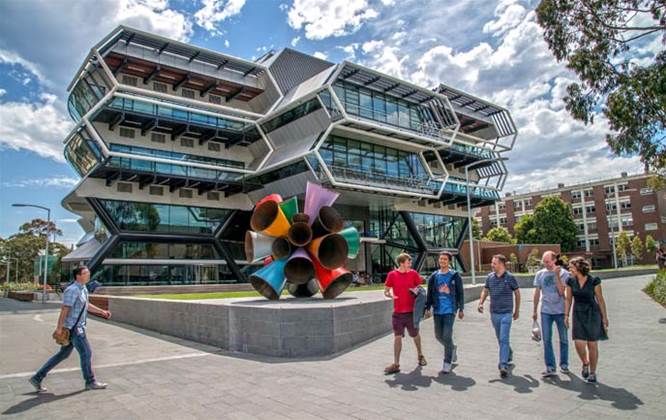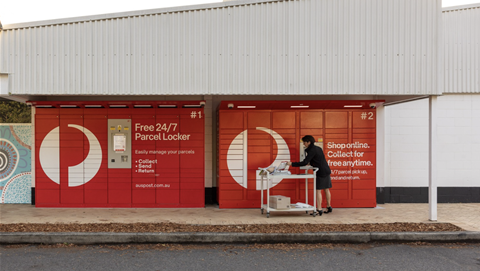Monash College overhauled its enterprise performance management as part of a broader finance transformation, helping it navigate and forecast the revenue impact of international student caps, among other challenges.

The college, which prepares international students for Monash University, introduced IBM Planning Analytics (previously known as TM1), partnering with Cubewise on the implementation.
Associate director of financial services and transformation Michael Williamson told a Gartner summit that the large-scale financial transformation was conducted in mid-2023.
“We replaced or upgraded just about every single system that we had: ERP, procure to pay, some assurance software, multiple payment gateways, and of course our enterprise performance management system,” Williamson said.
The college had been using an unnamed planning tool leading into the transformation, but Williamson noted that owing to technical limitations and internal familiarity and preferences, most of the work was actually being done in Excel
"We had a planning system that we were paying a good amount for, [but] all the budgets, the forecasts, [and] scenarios were still all done in Excel and they just got loaded into the planning system as a database," Williamson said.
Even with that planning system now being replaced with Planning Analytics, Excel use still persists, with Williamson seeing the two as "complementary".
"We use Excel with Planning Analytics. It's got an interface into Excel and it helps us with our simple analysis [and other] basic stuff," he said.
Williamson counselled against buying systems that were marketed as a way to "get rid of Excel".
"It's not going to happen. If you take Excel away from your teams, you are going to cause them a lot of grief," he said.
"I admit, I thought this is what we would do - we would get rid of Excel.
"But even right now, I don't even use a calculator anymore. If I have to do a calculation, the first thing I do is open up Excel."
Scenario planning
One of the key scenario planning requirements that Monash College had was modelling the impact of the federal government's cap on foreign student enrolments.
"Last year, the federal government decided to announce some caps," Williamson said.
"I think we pushed about 50 [or] 60 scenarios within a week of when we were told that we might be capped in our environments predominantly international."
Planning Analytics played a big role in providing the college the capability to model that many scenarios in short succession.
Before implementing it, the college had needed a week to run a single scenario.
The college's sales model is a central part of its planning. It is set up so that a single change to a value can flow through to calculating workforce and non-salary expenses, and to providing an accurate picture of the "balance sheet and income statement" impact.
"Before we went through this initiative, we were working on a four-day month-end close, a two-week turnaround on a forecast, [and] add another week to that if you wanted to do a scenario - another week per scenario, because we were just replicating and basically redoing the forecast process with every scenario," Williamson said.
"We are now at a two-day close, and this year we are planning to shift to a two-day turnaround on forecast and report.
"So we're going from a base level two-and-a-half weeks after a month-end to four days to reporting, and having a forecast done, and that includes scenarios [we might run]."
Williamson noted that one thing that his team was looking for when switching out the planning system was to have one that the finance team could own and administer.
The previous planning system "couldn't be owned by Finance", he noted. That made it hard to change business rules that the system relied upon.
"This is a planning system. Your rules change all the time - they grow with your business," he said.
"You're constantly adjusting these rules, but we couldn't do that with our [previous] planning system."
Williamson said that being able to revise or change business rules was important to keep up with the pace of change in the sector, and also to take advantage of new ideas as they are raised.
"We spin up and close down projects all the time," he said.
"All it takes is one person to have a great idea, and all of a sudden we've got a business case that we've got a scenario that we need to see what the business is going to look like in five years time if we did this or if we didn't do it.
Williamson also noted that a key factor in the success of the planning switch was the amount of effort invested in the change.
He said that companies often invested significant effort into an enterprise resource planning (ERP) transformation, and that a planning system replacement could likewise benefit from that level of focus and attention.
"It's really interesting to see a lot of companies put a lot of weight on an ERP transformation, and I get it: it's tied to risk, compliance and reporting, but what actually delivers a lot of value is your planning and analytics application," he said.
"Your enterprise performance management helps with decision-making, scenario modeling and forecasting. So we put a lot of effort into our planning solution [as well."

.png&h=140&w=231&c=1&s=0)







.jpg&w=100&c=1&s=0)
 Digital As Usual Cybersecurity Roadshow: Melbourne edition
Digital As Usual Cybersecurity Roadshow: Melbourne edition
.jpg&w=120&c=1&s=0) Dayforce Summit Melbourne
Dayforce Summit Melbourne
 Digital As Usual Cybersecurity Roadshow: Brisbane edition
Digital As Usual Cybersecurity Roadshow: Brisbane edition
 iTnews Benchmark Security Awards 2025
iTnews Benchmark Security Awards 2025











.jpg&h=140&w=231&c=1&s=0)


